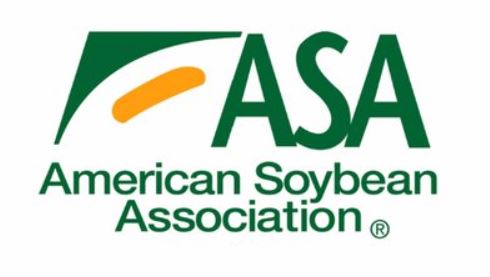
The Environmental Protection Agency has released its draft “set” rule, which sets annual biofuel blending targets under the Renewable Fuel Standard. This announcement, including proposed Renewable Volume Obligations for 2023, 2024, and 2025, is deeply disappointing for the biofuels industry and threatens the integrity of the RFS by significantly dialing back annual increases in volume obligations.
Congress created the RFS program starting in 2005 “to reduce greenhouse gas emissions and expand the nation’s renewable fuels sector while reducing reliance on imported oil.” However, this latest decision by EPA does not seem to support that intention and could leave farmers and biofuels industry partners who have invested in the government’s goal in the lurch.
“America’s farmers have committed to the renewable fuels industry while continuing to provide the feed and food our country and other countries must have. Billions of dollars have gone into building and growing the infrastructure needed to support this industry. And our president has made a clear commitment to mitigating climate change and lowering greenhouse gas emissions—the very tenets of the RFS,” said Brad Doyle, ASA president and soy grower from Arkansas.
“And, yet, this draft rule slams the brakes on progress being made in biofuels investment and growth. Instead of continuing to support available, low-emission plant-based fuel sources, EPA has changed course and seemingly is ignoring the major investments in and consumer demand for biomass-based diesel and other biofuels that exists right now,” Doyle continued.
Soy farmers were heartened by EPA’s 2022 volume target—which included the highest-ever number for total renewable fuels and specifically for biomass-based diesel (BBD) since the renewable fuel standard was created—and were hopeful EPA would stay the course on a rising trajectory.
This year’s new set rulemaking process is the first in which Congress no longer specifies RFS volume targets, providing EPA more flexibility in the decision. However, since 2013 EPA has been able to raise BBD requirements above the one billion gallon minimum set in statute.
This chart demonstrates the about-face EPA has made in terms of reaffirming its commitment to BBD. Even more, EPA has proposed halting any growth for advanced biofuels outside of BBD and cellulosic biofuels. The multi-year set rule was intended to provide more certainty for the biofuels industry and encourage investment and innovation. Contrarily, these very insignificant volume increases for 2023-2025 realistically could not only stifle growth but also jeopardize the existing biofuels industry. Through a consent decree submitted by EPA and Growth Energy, EPA is required to release the final set rule by June 14, 2023. EPA will solicit public comment on the proposed rule and hold a public hearing in January.















